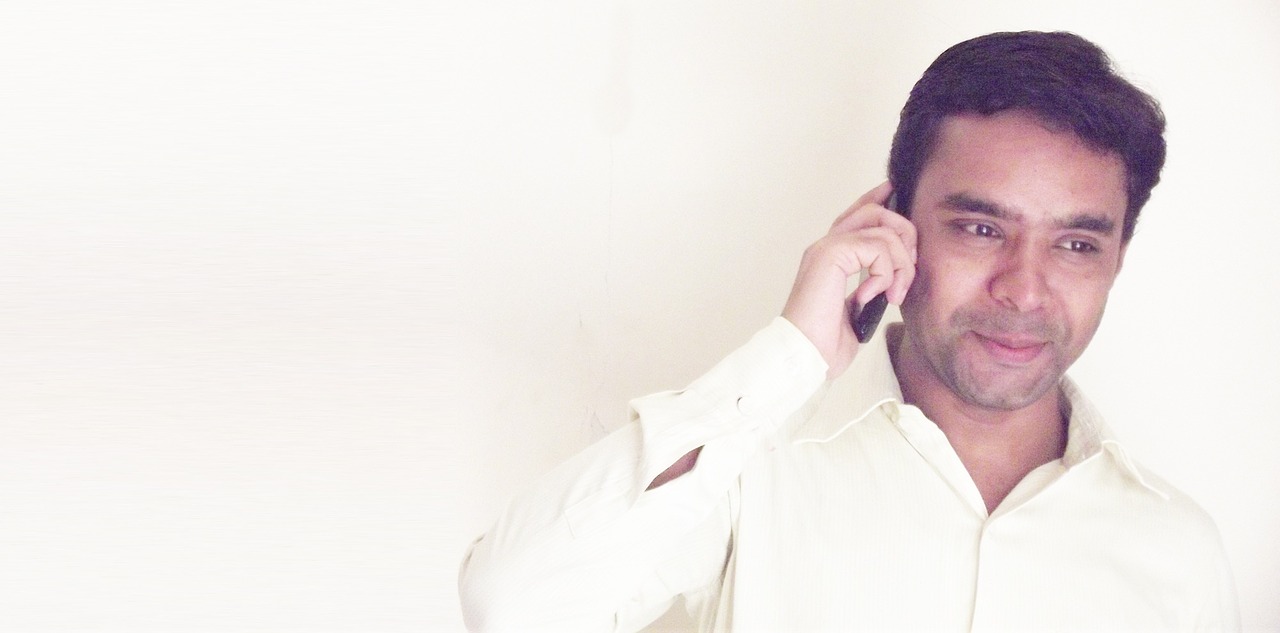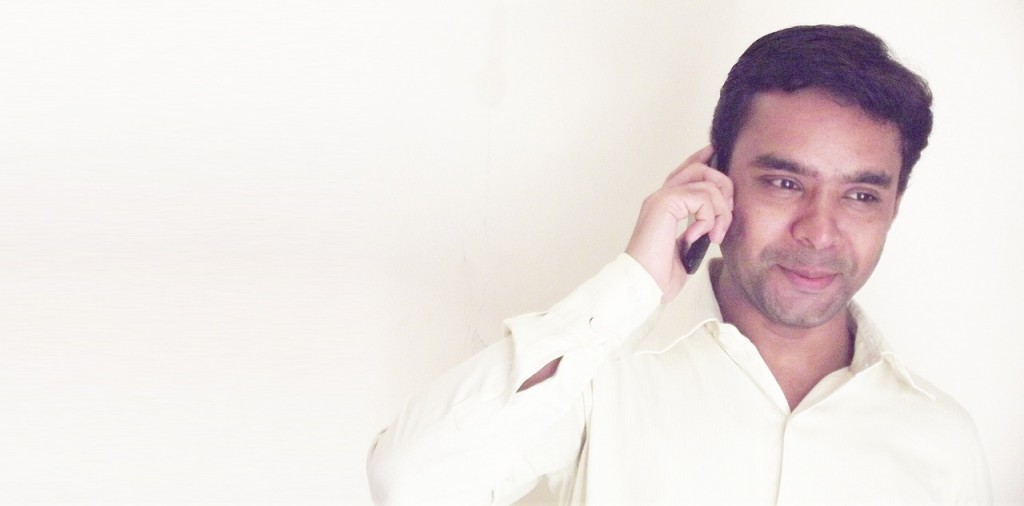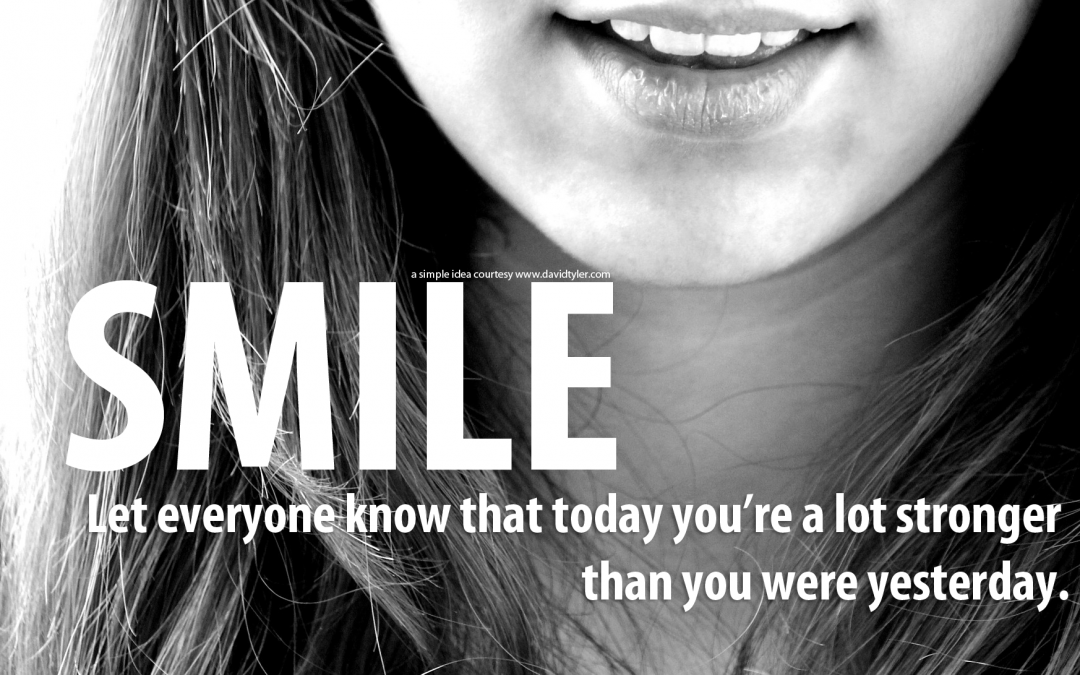
by David Tyler | Jan 28, 2016 | Ads, Advertising, Advertising Agency, Commercials, PR, Public Relations, TV commercials

It doesn’t matter what business you’re in as you grow, eventually you will face the challenge of hiring an advertising agency.
Now, for clarity when I say “advertising agency” I’m also talking about any kind of creative agencies that offer creative marketing services like PR firms or even commercial or video production houses.
Creative People Are Strange People
In the 25+ years I’ve worked as a voice over artist I’ve had the privilege of working with some seriously innovative, imaginative and sometimes strange creative people who were a real inspiration to me. I understand how sometimes these “creative types” can inspire apprehension more often than confidence. But trust me when I say they’re harmless and when you decide on the team to help you get your brand message out there, they will amaze you!
How ‘Spec’ Work Can Help
Spec (speculative) work has become the default decision aide in the quest for an advertising agency to help create and spread your message…while the ethics of doing work for free amongst creative companies has come under question…it will help you see what a prospective advertising agency can do for you and more importantly HOW they do it…how they work together as a team.
Choosing Is About Feeling
Unlike in episodes of Mad Men, or Robin Williams short lived TV series “The Crazy Ones” it’s not always the most creative idea that will win your contract, it’s more about the feeling you get from the team chemistry and how they work together to come up with ideas.
Choose the advertising agency who you see has the ability to produce amazing ideas as a team.
It’s All About (Losing) Control
The Dudley Moore film Crazy People (1990) showed that best…the crazier they were the better they were at generating ideas like “boxy but they’re good” for Volvo [video].

So don’t be afraid at what may look like an uncontrollable bunch. Truthfully, if you can control them, telling them what to do, they probably aren’t very good…or that creative.
How To Know For Sure
If they can understand your brand message and communicate it to your audience in a way that generates sales, you’ve found your advertising agency!
Conclusion
Meet with a shortlist of agencies, there’s a neat one compiled at edgeonline.com.au/seo-brisbane, see what they can do for you and then pick the one who can do what they do, best!
Let me know how your search goes, I’d love to hear back from you and who you chose.

by David Tyler | Jan 6, 2016 | Art of Communicating Ideas, Marketing, Media Relations, PR, Public Relations

I was recently asked to help a non profit organization create a public relations action plan that they could implement on their own without the use of a PR firm.
Here’s what we did.
There are 2 distinct stages to creating a public relations action plan
- setting the groundwork and
- executing the plan
Stage 1 – Setting the Groundwork
There are 7 steps to building the foundation to your public relations action plan. Do not skip any step or do it only halfway. All of the organization’s leaders need to be involved in this stage in order to come to an unambiguous foundation to build on. I suggest a meeting dedicated to this one task.
1.Who Are You Talking To?
First, define who your end audience is, that is to say who the press will be talking to on your behalf. This will help guide the way you personalize your message. In the case of the non profit organization that I developed the plan for it was two fold: (a) the current members and (b) the members of the general public. The messages they send out to both groups isn’t always the same.
2. What’s Your Message?
Establish the message that you’re trying to disseminate. I know it sounds counter intuitive but don’t talk about your non profit organization, talk about what it does for the community. Your message should serve the needs of your audience…not your non profit organization.
3.Define Your Goal
Define the goal for your public relations efforts. What are you expecting to happen, what will your organization gain? New members? Stronger community ties?
4.Define Your Method
How will you connect with your audience? Press releases aren’t enough, you need to also consider (a) holding open houses for the press to let them meet your organization members and learn more about you, (b) press conferences to make major announcements, maybe even (c) set-up a YouTube channel and start creating video content to get your message out. Plus, it goes without saying that you’ll need to have a website.
5.Assemble Your Press Kit
It doesn’t matter what kind of public relations you’re doing you must have a digital press kit, with high resolution photographs (300dpi) of the leaders of your group and/or your group doing their activity along with documents that explain your organization and its mission. This will need to be on hand to give out at a moments notice. I would also suggest having hard copies of your press kit to hand out but in todays digital age you will use them less often.
6.Who Are Your Media Contacts
Create a list of all the media contacts relevant to your message (print, TV and radio), in your geographic region. These can be purchased. Keep this list updated and refined. For example, if your non profit organization is dedicated to classic cars, don’t include a contact for a local cooking TV show. Also, if one of your media contacts leaves find out who has replaced them and if phone numbers or email addresses change update your info. There’s nothing worse than a list that’s gone “stale” when you have something to announce. Keep your list fresh.
7.Assign A Contact Person
Once you have established the above you’ll need to assign someone responsible for directly interacting with the media. They will need to be available for any media inquiries especially after a press release has been sent out, to co-ordinate interviews between the media and your group’s spokesperson and to set-up and host a press conference. When they are not available a back-up contact person should be assigned. Always keep the back-up contact person up to date.
Stage 2 – Putting the Action in your Action Plan
Once all of the above is in place, your contact person will need to reach out to everybody on the list to introduce themselves and your non profit organization in as brief a way as possible. Depending on the size of your list it may take a few weeks of phone calls and/or face-to-face meetings. Remember, first impressions are the lasting impressions when it comes to public relations.
Create a 12-month schedule of important dates for your organization that you want your audience to be aware of and plan events and/or announcements around those times. Do you do an annual oyster party…food drive? Put it on the calendar. Are you planning an open house? Put it on the calendar. Note: don’t put more on your calendar than your contact person will have time to dedicate to especially if they’re a volunteer or do this part time.
You’ll know your public relations action plan is working when the press call you for a quote on something going on in the news.
Plan a meeting to re-examine your public relations action plan and make any necessary adjustments once every 12-months.
Bottom Line
Before you can ask the media to do something for you, you need to be able to provide something for them…to become a resource for information relevant to their readers, viewers and listeners.
Be useful, be timely, be professional and you will receive the attention that your non profit organization deserves.
I look forward to answering your questions and comments below.

by David Tyler | Dec 16, 2015 | Lifestyle, Personal, Public Speaking

In today’s job market knowing how to sell yourself in every situation can be the difference between landing a job or not. While doing a job interview in person is multi-faceted, doing a job interview by phone, relying solely on the quality of your voice can be a disaster if you don’t know how to use your voice.
I use my voice every day as a voice over artist, so relying on it alone to communicate is second nature. However for the typical job seeker the way your voice affects how people perceive you may not be as apparent.
Based on my 25+ years as a voice over artist and broadcaster I’ve put together 4 tips to help you ace a job interview on the phone:
1. Raise Your Eyebrows – It may feel silly at first but one of the benefits of doing a job interview on the phone is that the interviewer doesn’t see you. Raising your eyebrows literally tightens the skin of your face, like tightening a drum, and makes you sound brighter…not smarter brighter, but brighter as in more clear. (The smarter kind of brighter I’ll leave up to you).
]2. Smile 🙂 – A similar technique to raising your eyebrows, is smiling while you talk. Smiling will tighten the skin and muscles around your jaw brightening your sound and as you speak will make you sound more articulate. From the point of view of the interviewer, you will also come across as being friendly, outgoing and enthusiastic.
3. Control Your Volume – If your interviewer has you on a speakerphone you will naturally want to speak louder as if across a room… do not do that, you will end up sounding aggressive. Speak normally and leave it up to them to increase your volume on their speakerphone. If you’re unsure simply ask them if they can hear you well. The other scenario is with the interviewer holding a phone to their fragile ear. Even if they are in a different country resist the temptation to raise the volume of your voice. Likewise don’t speak too softly. Try to mirror the volume of the person who is conducting the interview. Don’t press your mouth to the phone which will get in the way of the movement of your lips and likely give you an abrasive, hard-to-listen-to sound. Never use a speakerphone on your end.
4. Laugh – Now, when I say ‘laugh’ you don’t need to do it out loud unless the person doing the job interview says something funny. When I worked in radio I used to laugh to myself just before I turned on the microphone which did three things; (a) it got me in the smile position (see above), (b) it forced me to take in a deep breath which is a great relaxation technique and (c) it tightened up my supporting abdominal muscles which will help you better control your voice.
Bonus Tip
In the same way, as when I record my voice for clients I go into a specially designed booth that blocks out unwanted sound, it goes without saying that you’ll need to conduct your phone interview in a quiet place with no distractions so you can focus on landing that job! Good luck!
Let me know how you did! I’d love to get your feedback. Did these tips help?

by David Tyler | Dec 14, 2015 | Branding, Copywriting, Marketing, Radio, Radio Imaging, Writing

I remember the scene vividly. It was the Christmas episode of WKRP called “Bah, Humbug” (Episode 0052 to be exact) a WKRP version of ‘A Christmas Carol’. In the episode Mr. Carlson is haunted by the three ghosts of Christmas past, present and future. Dr. Johnny Fever, as the ghost of Christmas future, shows Mr. Carlson that the station has become totally automated, in fact Herb, who has taken to talking to himself is the only employee left. At the time I saw this I wasn’t working in radio but thought, ‘what a sad thing to happen’!
Well folks get your bags and get ready to disembark because we have arrived at Christmas future! While it takes more than one person to run our radio stations our on air product has become as homogenous as a computer chip generated playlist could make it. We only play the songs that have been tested and we only test the songs that are already being played by everyone else, not wanting to ‘take a chance’ on an unproven song. The focus of our marketing is on the morning show because that’s the only live, local part of our day…if that. To make it worse new radio talent isn’t being developed or can’t be developed because of the state of radio. Does this really mean that radio is dead? Not necessarily.
The Future
What radio has failed to learn are the tricks that marketers have been using for decades, despite having the concepts poured out right in front of us in the form of national commercials. So what can we learn from them? Simply put, ‘Branding’!
Understand How Your Audience Sees You
McDonalds made a mistake when it introduced the ‘adult meal’ because they forgot how their customers saw them…as a restaurant for kids. While it made sense for them to introduce a McMeal for adults, after all it is adults who are bringing their children to eat at the golden arches.
Speak To Your Audience
Back in the days when there were no other real entertainment options it was easy for radio to take itself too seriously, believing listeners to be mere minions cowering beneath powerful broadcast towers. Well, it’s not so much like that anymore. Speak to your listeners in a human voice, both in your promos and imaging as well as your live on-air presentations. As often as possible include the listeners point of view in your promos. Stop trying to “sell” your listener and talk to them as an equal.
Stay Focused
Whenever you sit down to write promos/liners keep your ‘brand’ in mind and never stray from the vision of who your listeners believe who you are.
One of the advantages we have over the Coca-Cola’s of the world is that we ARE a broadcast medium. So why don’t we use that to our advantage?
Branding your radio station should be the singular focus of your ‘anti-Christmas Future’ efforts to increase market share and to make yourself stand out as a viable entertainment option for your audience. Here’s one last thought to help motivate you: imagine your sales director running your radio station, alone from a single computer terminal…scary thought? Get to work on your brand quick!










